Winter weather means we will start using more electricity in our homes due to fewer daylight hours, colder temperatures, and the holidays when we add to the electricity bill by hanging strands of lights and other festive electrical users around the house.

There is always a risk involved with using electricity and when you use more there is a higher risk. Many problems can arise for a homeowner due to electrical issues and you want to try and avoid as many of those problems as possible.
Prepare your home for the frigid cold temperatures, blowing wind, and other hazards that can knock out your home’s electrical power.
Some of the things you can do to avoid electrical issues:
Have a licensed electrician install power outlets in areas where you don’t have them but should. Power strips PSROT-072 power strip and extension cords like our 15/20AEX are nice to have during the holidays when you might need a little extra boost of electricity. Overloading your electrical outlets with a ton of plugs from your holiday decorations is not a great idea. These extension cords and power strips are meant for temporary use. You should not leave them plugged in all day and night for days or months. Instead of running cords and cables all over your home for months at a time, it makes more sense to install an outlet where you regularly need more power.
Double-check your appliances, computers, and other gadgets and make sure they are not plugged in all night if they do not need to be. Also, make sure you are not leaving cell phones, tablets and other electronics plugged in and sitting on a bed or couch which can cause a fire hazard.
Make sure you know where your home's electrical panel is located and make sure you can easily access the panel in the case of an emergency power outage during the cold winter months. You will not want to keep your heat down for very long. Make sure your sockets are properly loaded, the covers are not damaged, and have been properly installed.
If you are not sure or see something you think may be an electrical issue, please contact an electrician to look at it.
Other things to check before the winter season is upon us:
Check to make sure your furnace is working properly and change your furnace filter. Make sure your pipes are insulated to keep them from freezing. Insulate the spigot to your garden hose and put the hose away for the winter. Protect your garden and plants. Clean the debris from your home's gutters and guard your gutters against getting clogged, you will also want to cover your air conditioning unit from leaves and snow which can cause damage to your unit. Check the insulation in your home and clean your chimney. Lastly, it is a good idea to check the batteries in your carbon monoxide and fire alarms.

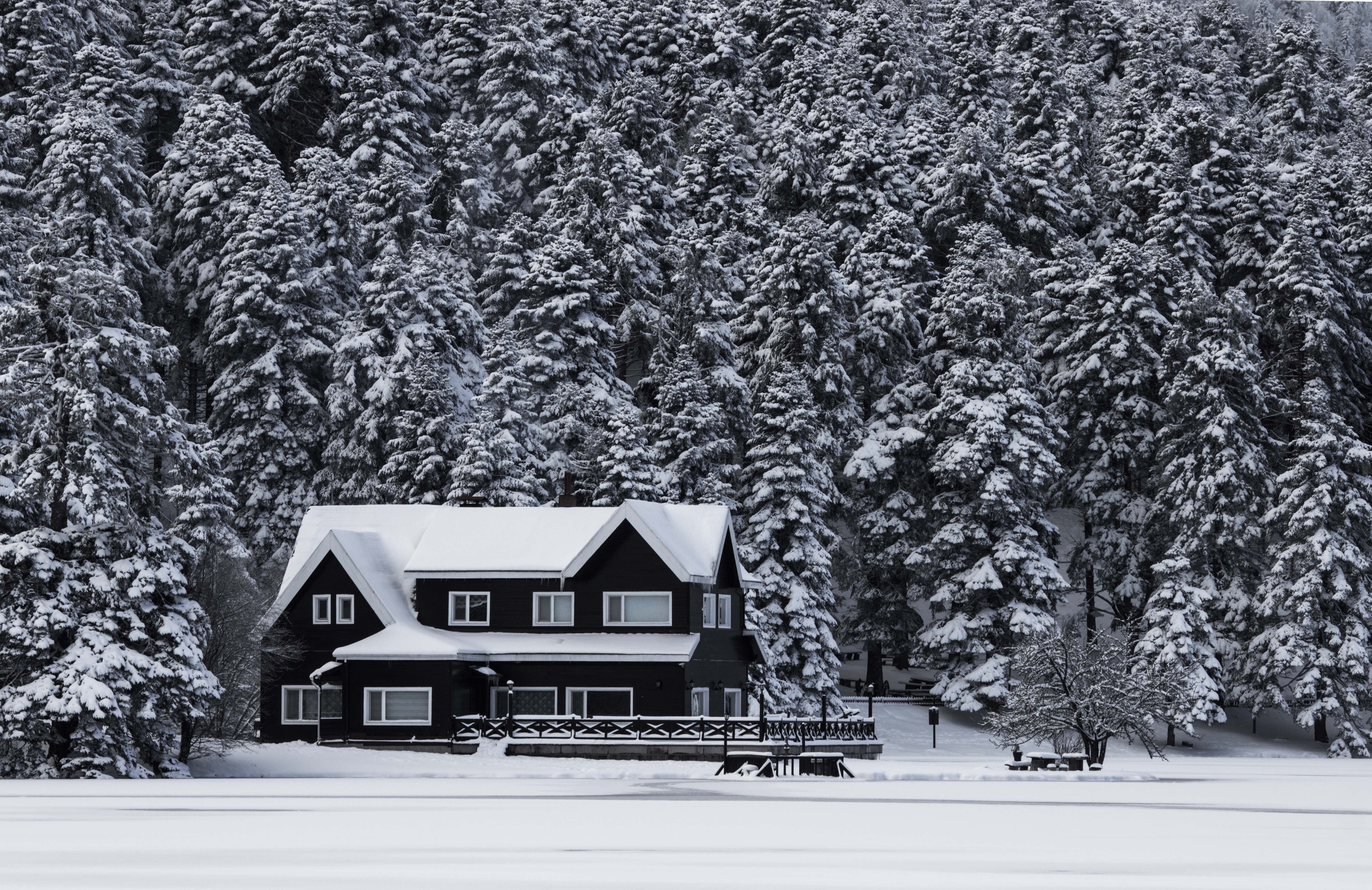
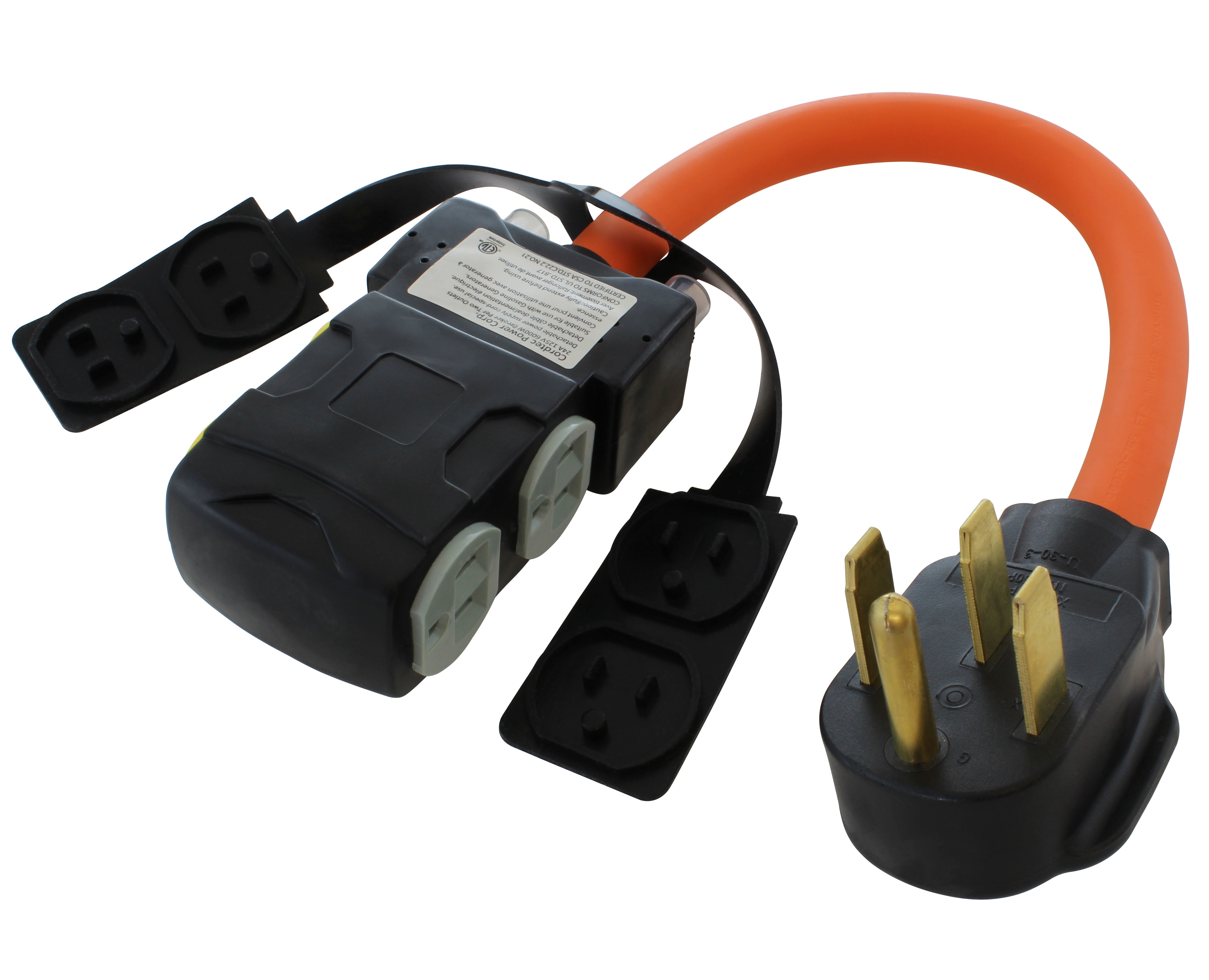
![AC WORKS® [ASINSS2PBX-G] 50A Locking 4-Wire CS6375/ SS2-50 Heavy-Duty Transfer Switch Inlet Box](http://acworks.com/cdn/shop/files/ASINSS2PBX-0_0206b362-7c90-42a5-8754-0685c13dab7e.jpg?v=1758051675&width=2500)

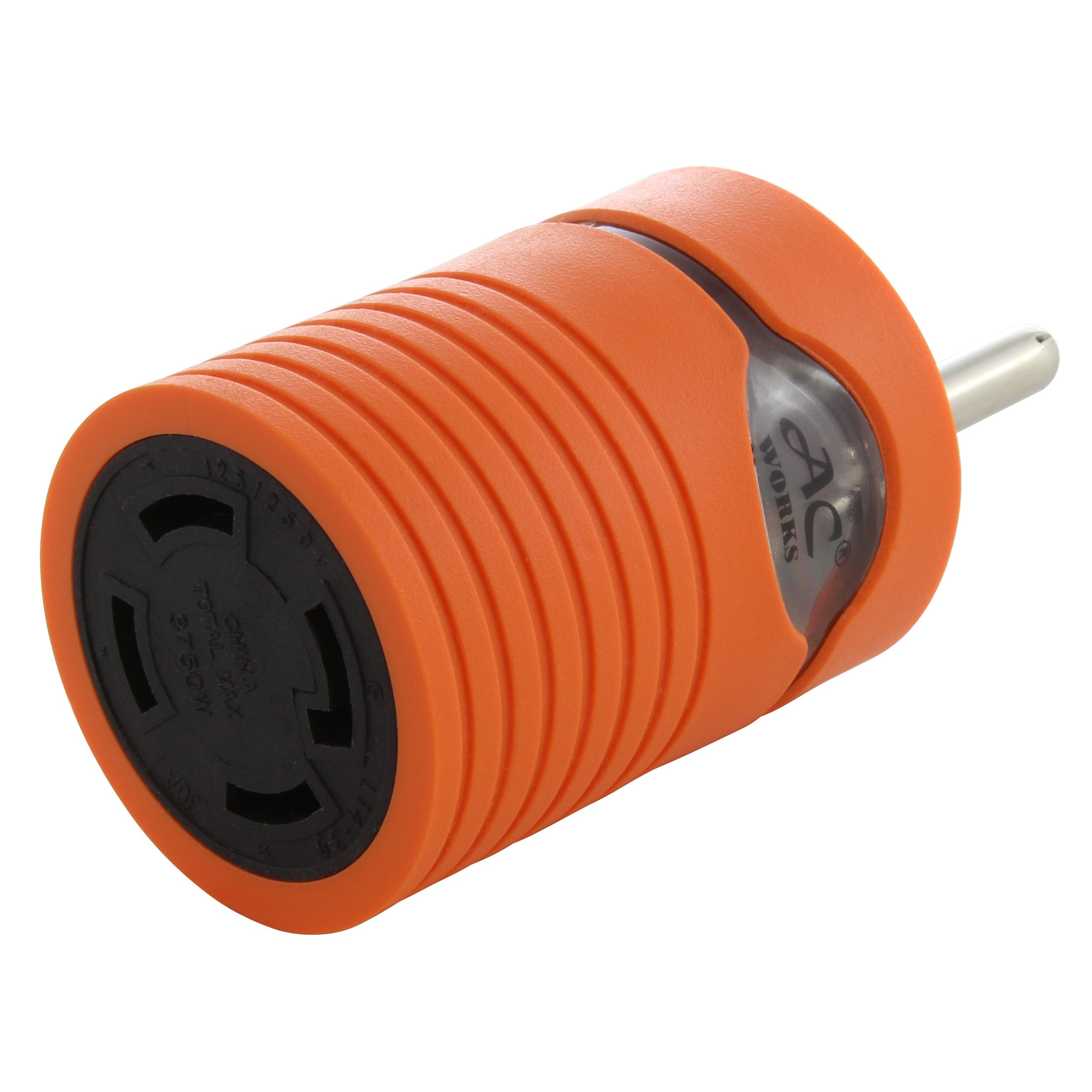
![AC WORKS® [S1430CBF520] 1.5FT 14-30P 4-Prong Dryer Plug to (4) Household Outlets with 24A Breaker](http://acworks.com/cdn/shop/products/S1430CBF520.jpg?v=1666103519&width=4656)
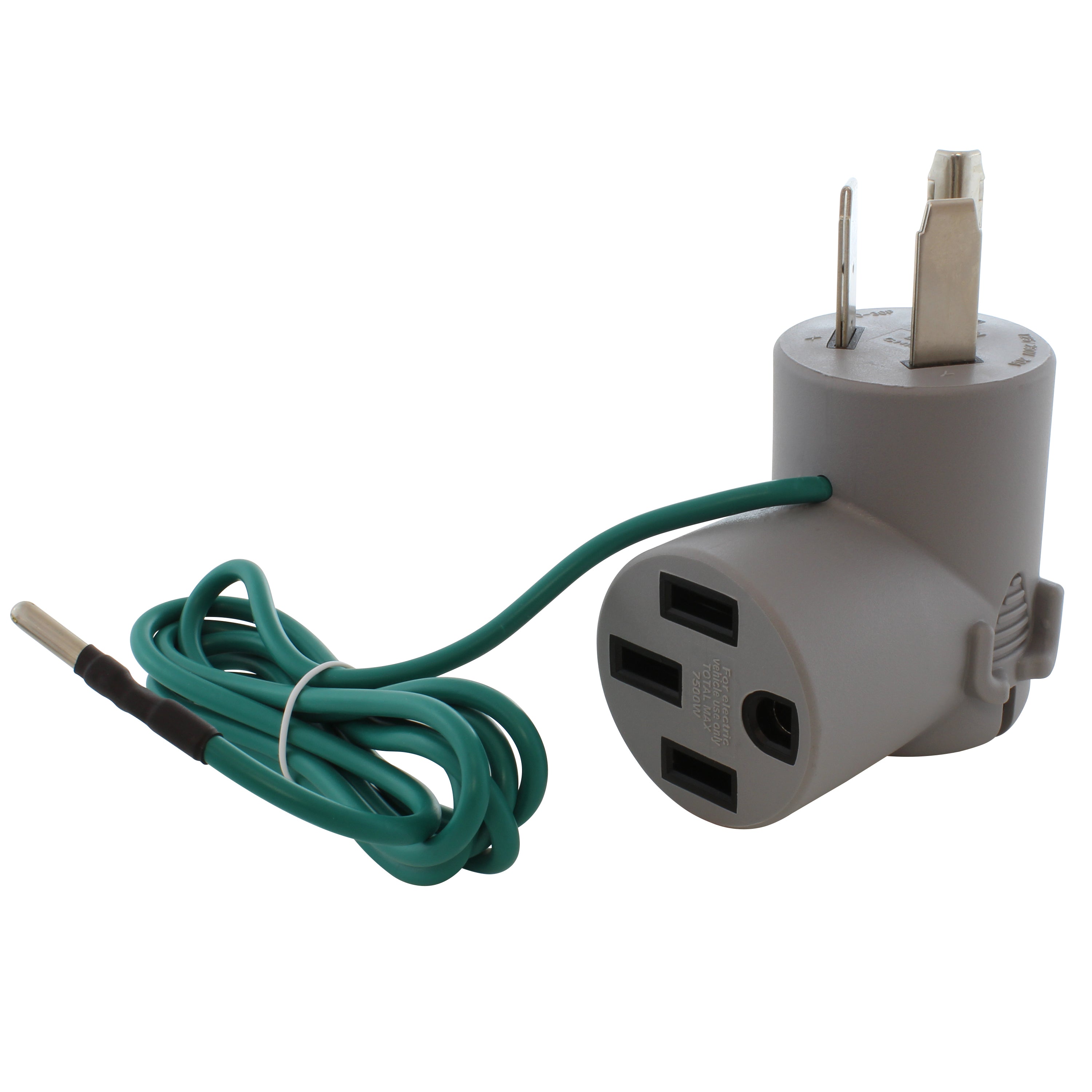
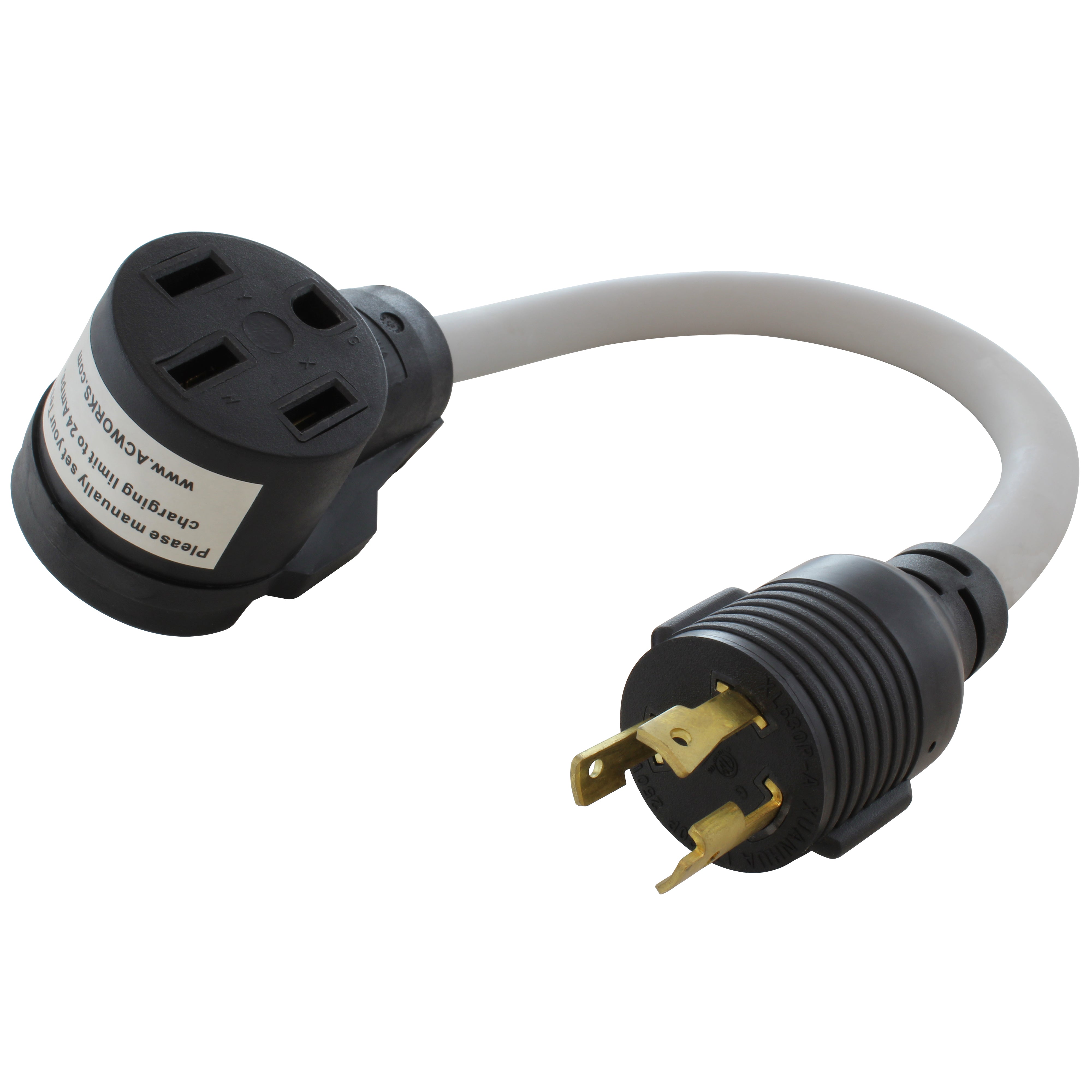
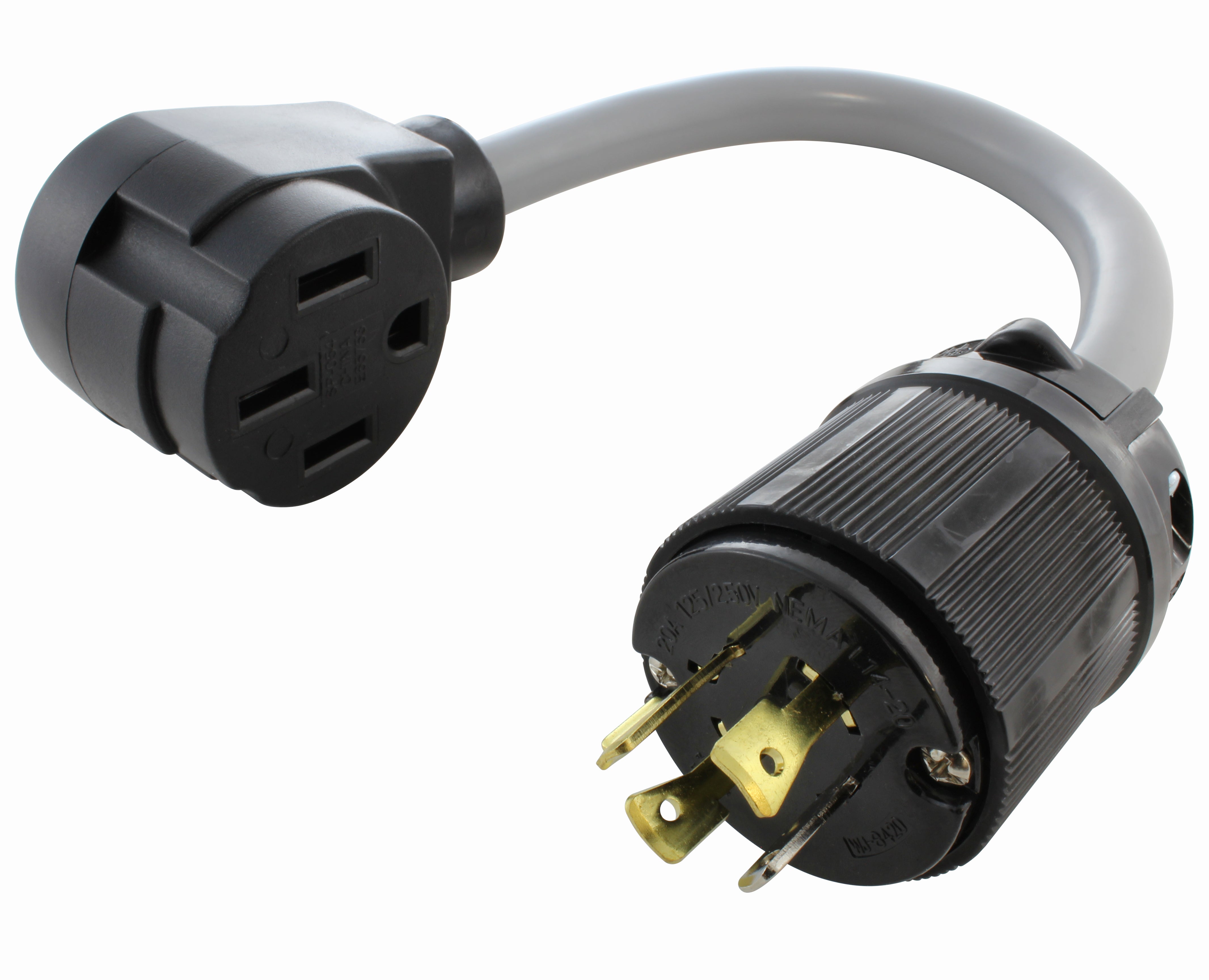

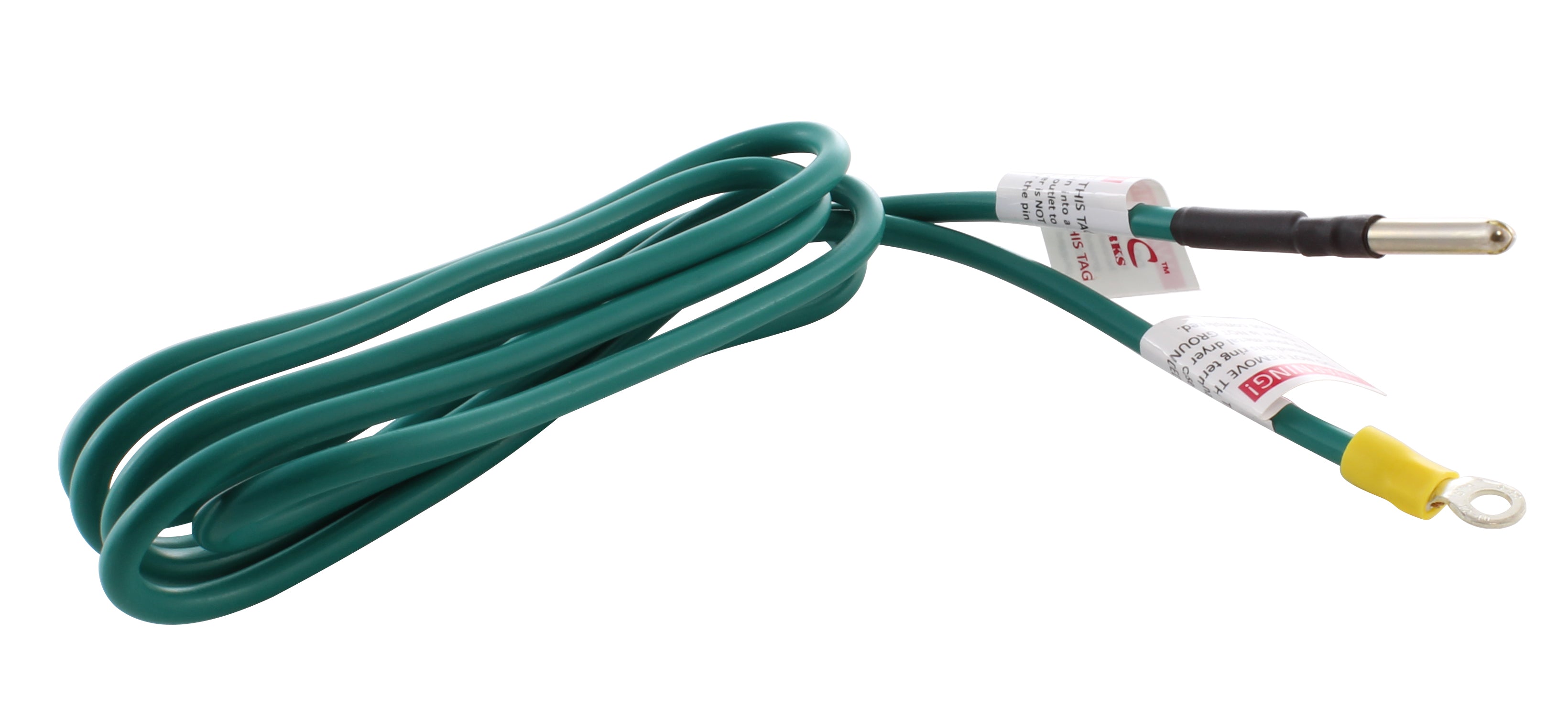

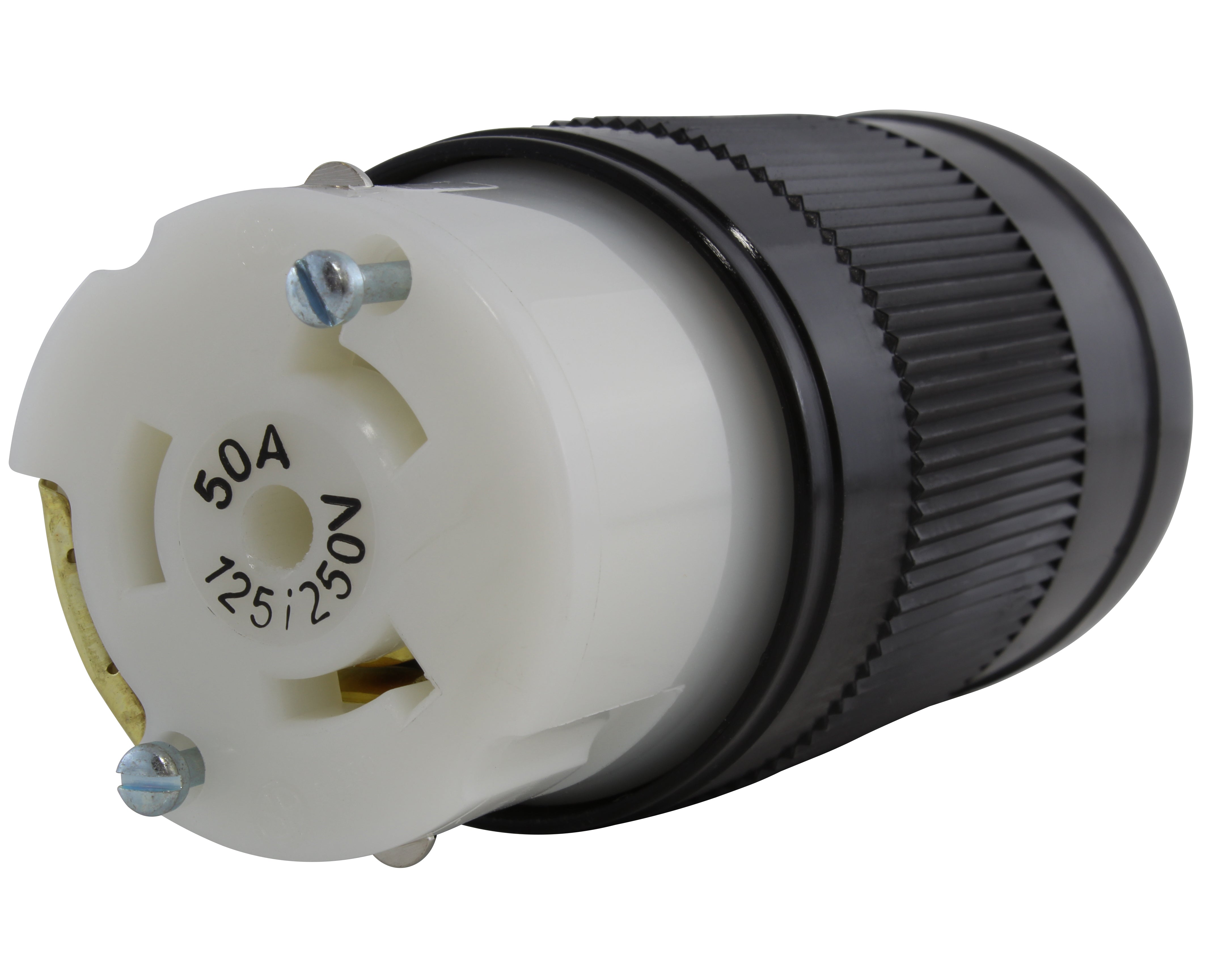

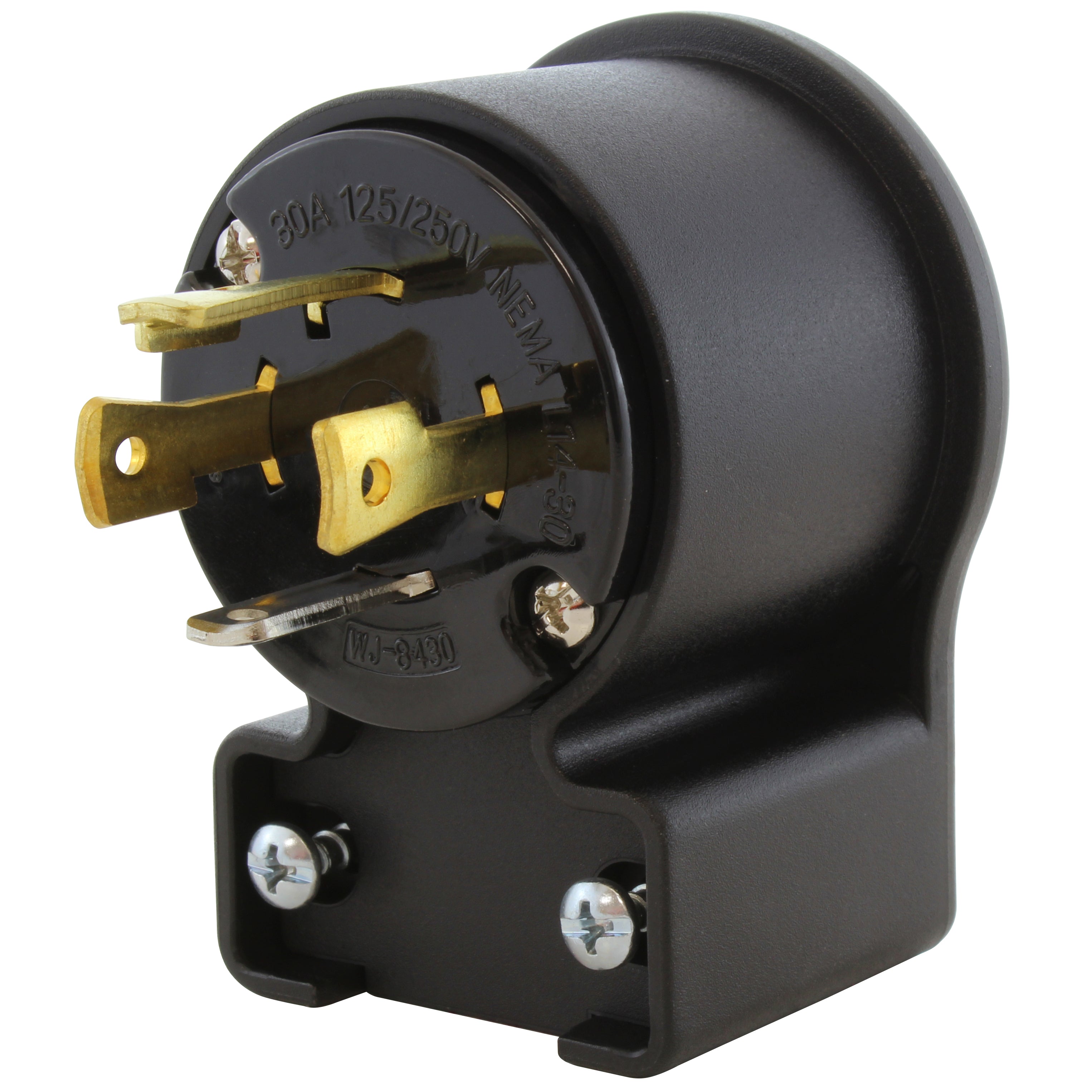
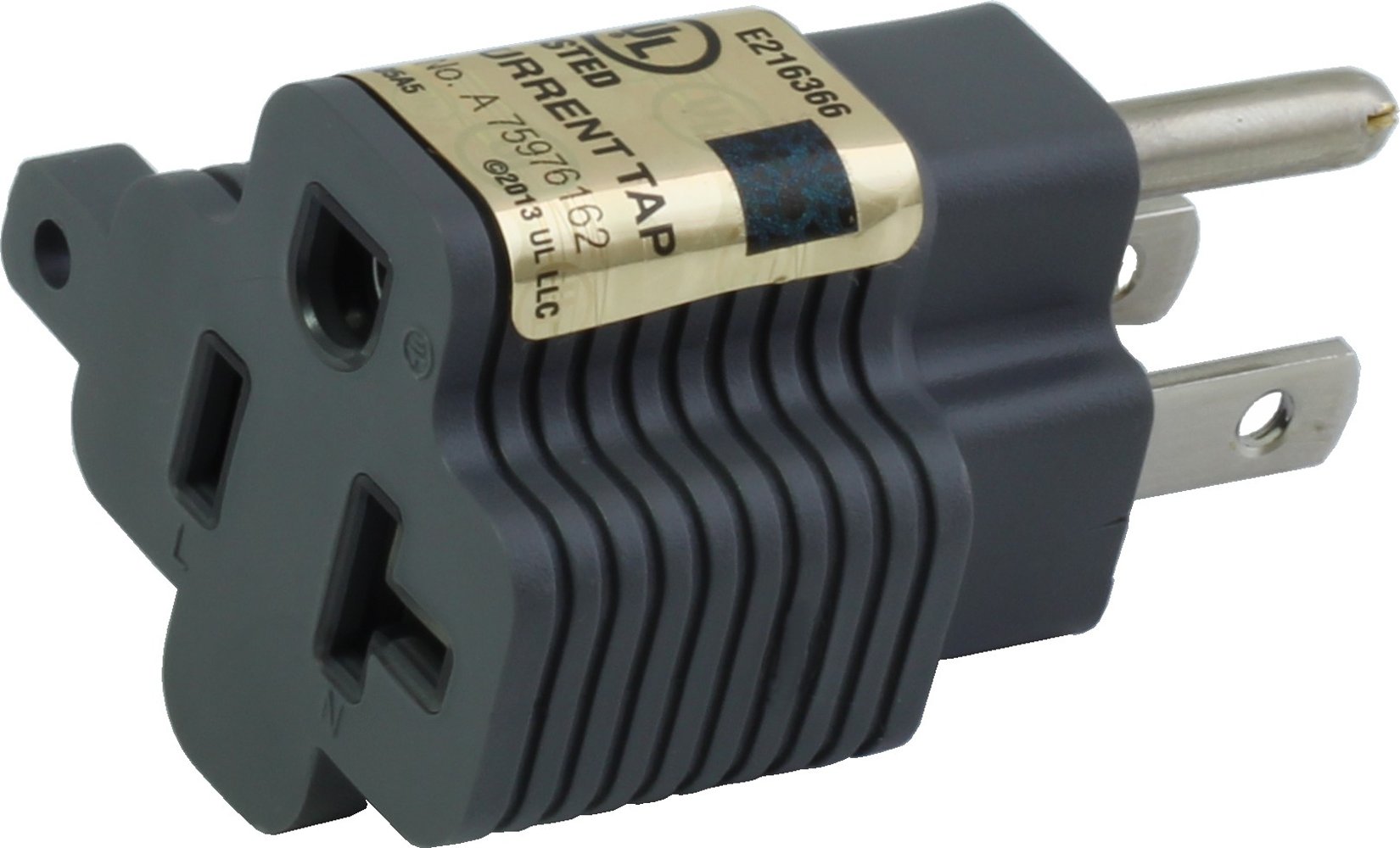
![AC WORKS® [ADV104] 3-Prong Heavy-Duty V-DUO Household Outlet Adapter](http://acworks.com/cdn/shop/products/ADV104-0.jpg?v=1605738768&width=3128)
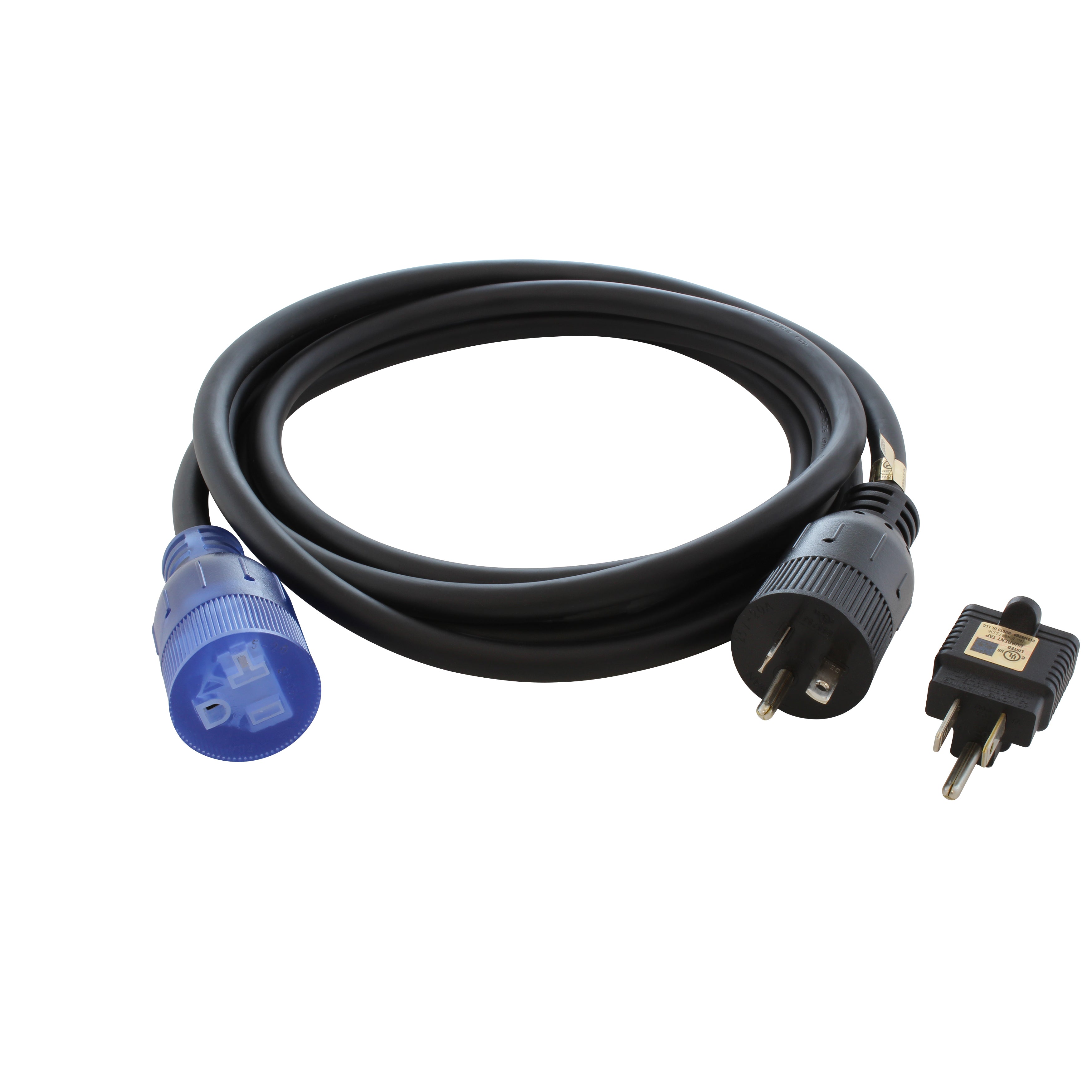
![AC WORKS® [XH515520] 15A to 15/20A 125 Volt Plug Adapter with ETL Safety Approval](http://acworks.com/cdn/shop/files/XH515520-0_daea425a-f439-48df-bb75-052167057f12.jpg?v=1729091519&width=2500)
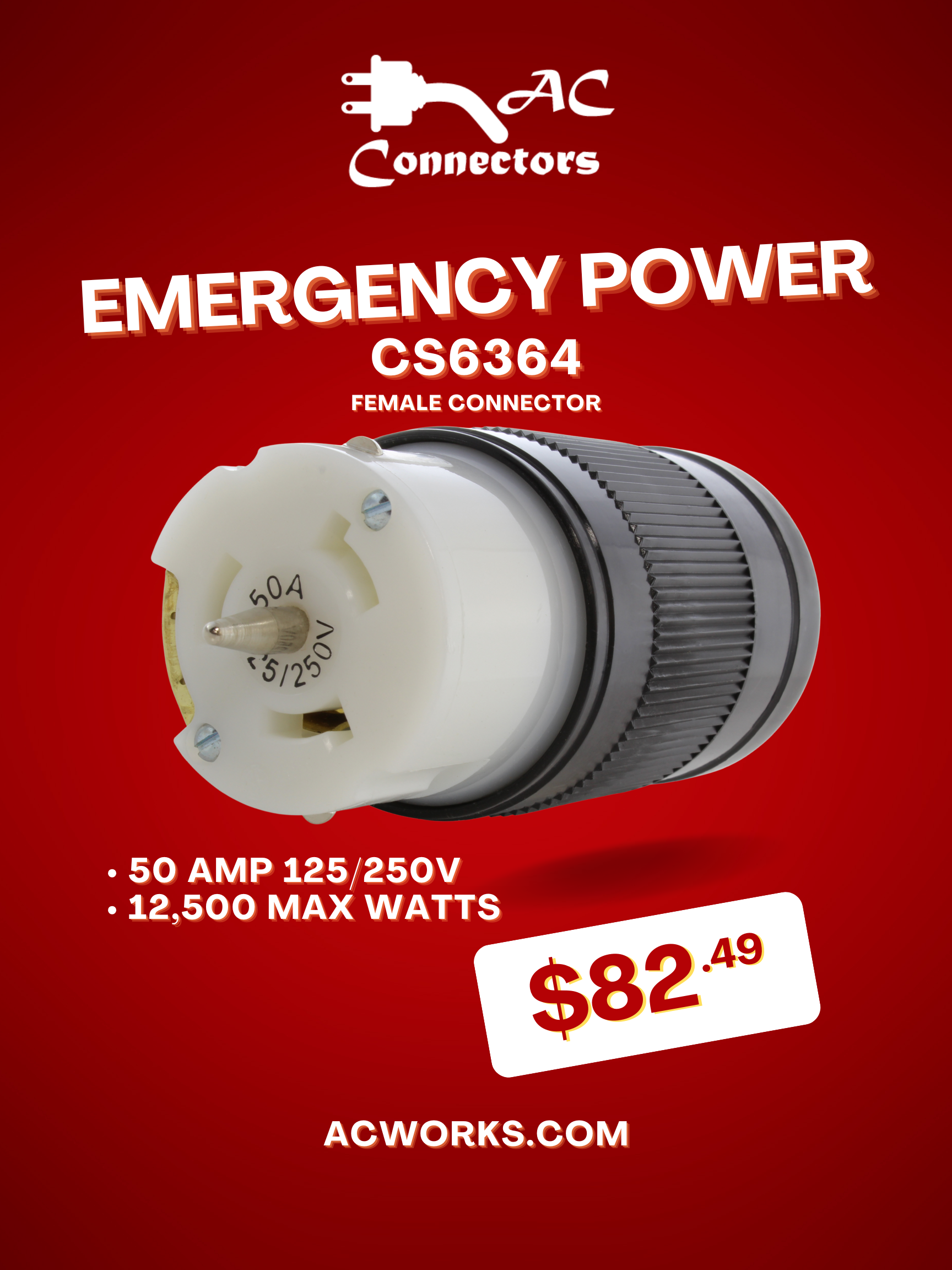


Share:
AC WORKS® Brand Products Available for Purchase in your Preferred Marketplace
Electrical Tax Write-Offs for the End of the Year